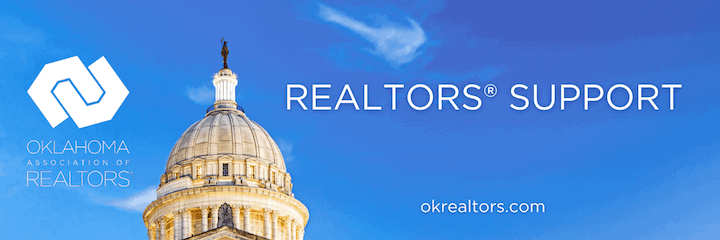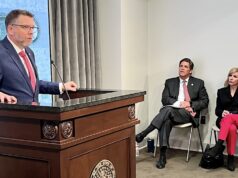(Correction: An earlier version of this story contained inaccurate data. The numbers have been updated to reflect the correct data.)
I recently discussed health cost transparency from the standpoint of HB 2216, but how does the general public feel about the issue?
A report released Thursday by Public Agenda and the Robert Wood Johnson Foundation takes a closer look at public perception of price transparency in the health care industry. While that public perception is certainly a critical element to study, a better understanding of the mechanisms underlying price transparency is desperately needed.
Details of the Report
The report, which was based on results from a 2016 survey of 2,062 U.S. adults and, separately, representative surveys of 808 adults in Texas, 802 adults in New York State, 819 adults in Florida and 826 adults in New Hampshire, revealed a slew of findings:
- About 50 percent of Americans have tried — before getting services — to find out how much they would need to pay.
- Insured Americans with higher deductibles are more likely to try to find price information.
- Uninsured individuals were more likely than those who are insured to seek pricing information.
- Of those who have tried to compare prices, more than half say they saved money.
- Most Americans do not think prices are a sign of quality in health care.
What it means
It is not really a mystery that Americans want greater price transparency in health care. After all, if such transparency existed, health care consumers would have an unprecedented ability to make informed decisions, not to mention the increased competition that would result between providers from a cost standpoint.
What remains unclear, however, is how to implement price transparency and by what means the resulting information would be available to patients.
Perhaps the most interesting implication is what would happen if transparency were given a vehicle from state legislation. If states required providers to list components of their chargemaster (a list of services and charges), individuals would arguably have a stronger position from which to make a decision.
The problem, however, lies in the distinction between charges and prices.
A ‘charge’ problem
Since 1982, the Centers for Medicare and Medicaid Services (CMS) has used diagnosis-related groups (DRGs) to standardize reimbursements to providers for services rendered. The DRG system encompasses what we now refer to as the ‘fee-for-service’ infrastructure in health care.
Third-party payers have historically followed suit with respect to CMS reimbursements to providers. Providers, however, set prices on the aggregate of payers, including uninsured individuals or claims denied by insurance. It should also be noted that different providers sign different contracts with payers, and thus have a different per-DRG reimbursement rate. Providers also know approximately what percentage of charges will actually be reimbursed by CMS and other contracted payers.
What results is an inflated chargemaster that must account for both charge-percentage payments and payer-mix diversity.
This information is of little use to the average patient.
Designing a transparent system
Transparency is an admirable goal, and obviously is something consumers want.
To achieve that goal requires designing a transparent system. Chargemasters must be changed to ‘pricemasters’ so available data accurately estimates patient costs. A transition from charges to prices is the real goal.
Without reliable price estimates, there is little hope for meaningful transparency.
As I have alluded to before, there isn’t a quick fix. The next and most difficult step is to develop a plan to fix the underlying infrastructure that complicates price transparency in the first place.






















